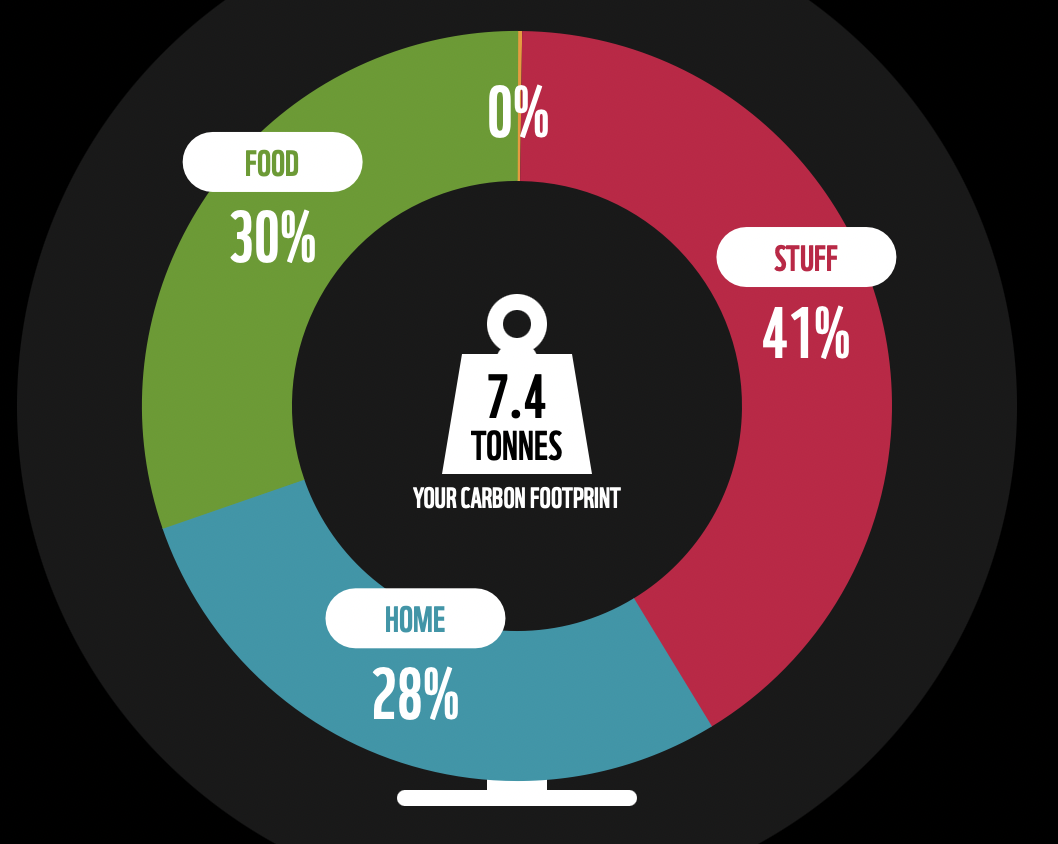In January 2021 our family took the plunge and went car free. I committed to recording every journey, as part of measuring my carbon footprint. A year on, we’ve managed to lead a fulfilling existence, and along the way achieved net zero.
So, how did it go? We have managed to lead what feels like a normal and fulfilling existence, with a few compromises along the way. Not having a car was a realistic proposition for our family in the first place, compared to many others – we live in central Bristol and most of daily life, including getting to work and school, is do-able by bike (we added an electric bike to the family, which has been essential). Where it got tricky is holidays and when the weather is awful. But overall it’s been surprisingly okay.
Summary of Travel in 2021
I used the ecolibrium travel App to record my journeys throughout 2021 with the following results:
- I travelled a total of 1399 miles (the average for a UK owned car is 12,000 miles per year, so this is very low).
- I made 17 trips nationally i.e. beyond Bristol
- Most of my journeys were by car – 9 car hires, 5 lift shares, and 3 times using a car borrowed from a friend
- The majority of travel was personal, with only a few business related trips, such as site visits and industry events
- I did not fly in 2021 (that’s now 3 years no-fly)
- My travel was responsible for a total of 687Kg of CO2e
- The costs of balancing my year’s travel with ecolibrium’s Trees Plus program @ £15 per tonne is a mere £10.16
The act of paying attention to my footprint feels good – it has kept the impact of my behaviour very present in daily life, and knowing my actual travel emissions footprint and balancing has given me a sense of agency. It also got me more engaged, and I decided to look at my whole footprint and become carbon net zero.
My Carbon Footprint and Net Zero
Beyond my travel footprint , I didn’t feel able to record and analyse all my impacts such as every meal, or my waste (although we have done this for plastic – see a previous blog here), so I’ve taken a shortcut to work out my overall footprint: I chose to use the WWF personal footprint calculator – I trust WWF on carbon matters. This calculator also sets your footprint in the context of the reductions required year by year by UK citizens to meet net zero 2050 targets.
My overall footprint in 2021 is 7.4 tonnes – see the basic breakdown below – compared with the UK average of around 12 tonnes, and a world average of 6.76 tonnes. On a linear journey to net zero, a UK adult footprint should be less than 10 tonnes in 2021. To give. sense of this, based on conversion factors from Defra, a return flight to New York at 11,000km would equate to 2.47 tonnes of carbon dioxide, and an average UK car travelling 12,000 miles emits 2.33 tonnes CO2e.
n
In terms of where I should be as a responsible citizen, in an economy on a journey to net zero, my footprint is 25% less than the 10 tonnes it needs to be. This was the result of a low meat and dairy diet, 100% renewable energy in the home and a generally low consumption lifestyle. Despite this, my purchases equalled tow medium long-haul flights in carbon terms! We’re only talking a replacement iPhone (bought second hand) and a new dishwasher, but the impact is massive.
So, I have balanced my 7.4 tonnes of carbon with festival industry charity ecolibrium, choosing their Trees Plus program which plants trees, protects forest and invest in regenerative projects with social impact. Officially I am on track with real emissions reductions required for the UK to meet net zero, and as a result of balancing my emissions, I am net zero well ahead of the 2030 target.
What Next? Can I do a Year without Buying Anything New?
My real take-away from this has been a reminder of the significance of the environmental impact of the stuff I buy. For 2022, I going to try and buy nothing new (apart from socks and pants). See you next year for an update!
























